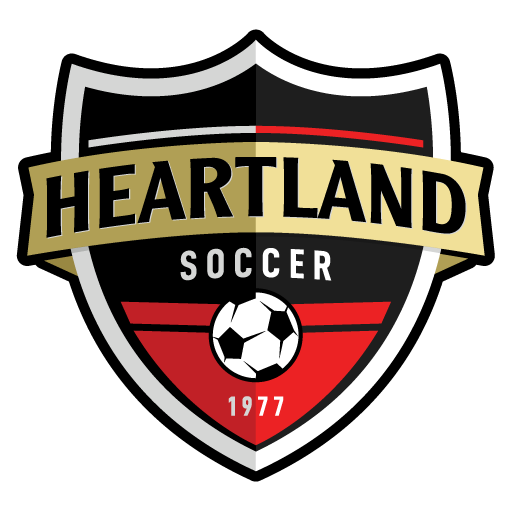- Wrong fuel = poor performance
Many young athletes either don’t eat breakfast or eat the wrong thing for breakfast. They may even skip lunch. Don’t forget “breakfast” literally remains “to break a fast “. This means after sleeping all night the body is craving appropriate nutrition. Not eating or eating too many simple sugars and not enough protein and healthy fats is a recipe for poor athletic performances. Eating foods rich in protein, like eggs, and healthy fats, like whole milk or lean meats, will allow the athlete to be well-prepared nutritionally for future events. - Lifting too much weight, too soon, too fast, and with poor technique.
Lifting the proper amount of weight, the proper number of times, with good technique will ensure fewer injuries and establish life-long exercise habits. Lifting to muscle fatigue or failure is fine, as long as EACH lift is done with perfect technique EVERY time. Be patient, consistent, and focused, and the strength will come! - Keep things simple.
For example, if you want stronger legs, squat! If you want more explosiveness from your legs, jump! If you want more strength to improve or refine a sports-specific technique, copy that move in the weight room. Practice makes perfect, but perfect practice makes perfection! - Sleep.
Enough said! If you need ideas on how to sleep better, the internet is full of them! Again, keep it simple. For example, no huge energy drinks full of sugar and caffeine after 3 p.m. - If something is hurting, it’s hurting for a reason!
Learn to listen to your body, and it will tell you amazing things. If something hurts acutely, STOP! Use ice and ask for help from your coach, athletic trainer, parent, or teammate. If something hurts for more than three days, ask for help! Don’t let injuries sideline you for longer than is necessary. - Use your heart rate to guide the intensity of your workouts.
For simplicity’s sake, 220-age=maximal heart rate. Working out at a submaximal heart rate (85 percent of max heart rate) for prolonged periods increases the risk of injury. No heart rate monitor? If you can talk while exercising, you are in a good zone. Once talking becomes more difficult, you are nearing your submaximal heart rate.
HCA Midwest Health is the official healthcare provider for Heartland Soccer Association and we work with parents and coaches to keep athletes safe and on the field of play year round, learn more about our services at www.hcamidwest.com

